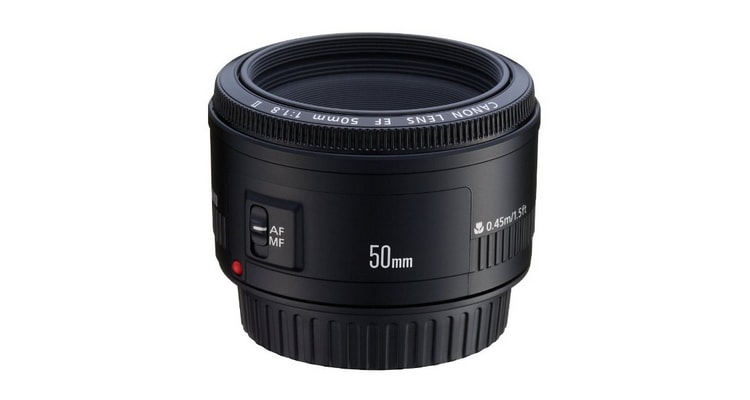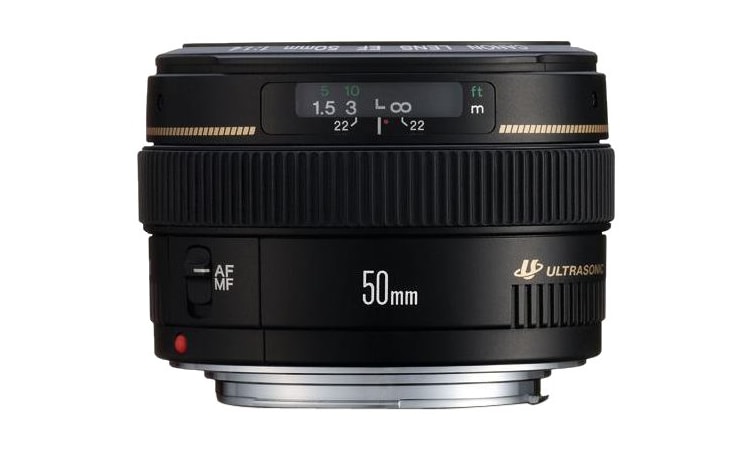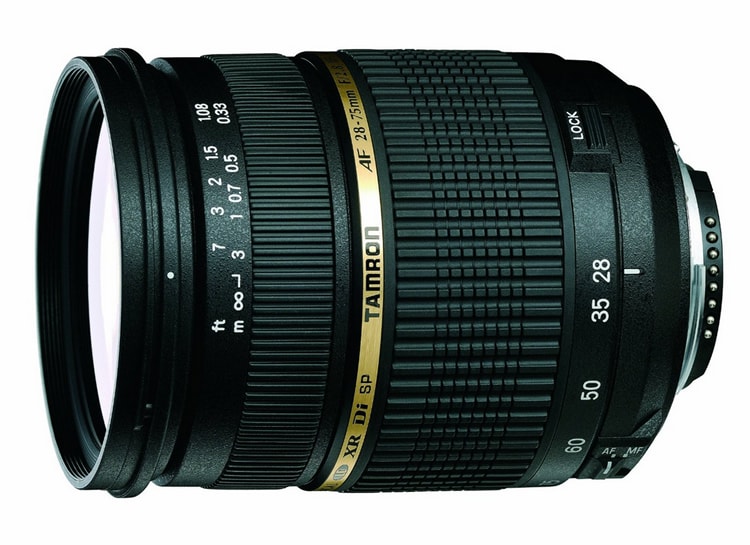4 Canon Mount Lenses That Deliver Quality Without Breaking the Bank
I recently asked some professional photographers I know about their lens preferences. One friend opened his camera bag and showed me the only three lenses he owns—the 16-35mm f/2.8L, a 24-70mm f/2.8 L II, and a 70-200mm f/2.8L IS – these are Canon’s workhorses. A perfect combination of focal lengths and quality that cover most applications. Most of the time, he said, the 24-70mm doesn’t come off his camera.
Admittedly, I enjoy having a variety of lenses, but this conversation got me thinking – what affordable lenses can I use with my Canon in the 24-70mm “walkaround” focal length range? The results of my search proved that image quality doesn’t have to come with an L-Series red ring and price tag.
1. Canon EF 50mm f/1.8 II
A fixed focal length lens can produce results equal to or better than the most expensive L-series lenses the Canon family. As the least expensive lens in Canon’s lineup at around $100/$125, the 50mm f/1.8 offers the best cost to quality ratio of any Canon lens. Its plastic construction isn’t durable and it looks cheap, but it’s fast and produces sharp, professional quality images.
Simplicity is the trick behind the Canon 50mm f/1.8 and other prime lenses. Fixed focal length lenses require fewer optical elements. With less glass to pass through, light from a subject hits the image sensor with less opportunity to refract, reflect, and flare. If you are accustomed to an 18-55mm EF-S kit lens, do yourself a favor and get the 50mm f/1.8 II. You’ll notice immediate improvements in AF speed, image quality, and with a wide aperture, you will be open to new creative possibilities.
2. Canon EF 50mm f/1.4
The 50mm f/1.4 is a step-up in price and quality from the f/1.8. At around $400, it doesn’t offer the same price-to-performance value. Instead of being one step removed from professional quality you end up with a professional go-to lens for available light photography.
Sharpness at all apertures on the 50mm f/1.4, especially those below f/4, is noticeably better than the 50mm f/1.8. Out-of-depth of field blur outs (bokeh) are richer and smoother than what the f/1.8 can provide.
This is one lens that I can’t go without. Admittedly, I lean toward the 50mm f/1.4 because it is already in my camera bag. For the ultra-price conscious, the f/1.8 variant is the way to go—especially if it is the first lens you are buying to upgrade from a kit lens.
3. “The Pancake” Canon EF 40mm f/2.8
The Canon 40mm f/2.8 solves some focal length issues that 50mm lens give APS-C camera users. With an Canon APS-C sensor camera, a 1.6 field of view crop factor is going to render 50mm lenses ineffective for some applications. On a full-frame DSLR, the 50mm focal length effectively reproduces the natural field of view we see with our eyes. With an APS-C sensor, a 50mm prime becomes more of a medium telephoto with an effective focal length of 80mm.
The Canon 40mm f/2.8 gets closer to a “normal” field of view at 64mm on APS-C sensor DSLRs. On a full-frame camera, 40mm is a coveted focal length that offers a visually appealing image that is wider than normal, but not wide enough to distract from your subject. Full-frame users waited years for Canon to release this prime.
Image quality is excellent, but at f/2.8 you lose the low available light shooting room that most other prime lenses offer. The 40mm is recommended for video shooters as the STM focusing system works better than Canon’s traditional USM in video mode. The Canon 40mm f/2.8 is less than $200, making it the second cheapest lens in Canon’s lineup.
4. Tamron 28-75mm f/2.8
Good lenses don’t need to be made by Canon. Tamron’s 28-75mm f/2.8 is nearly identical in image quality to the venerated Canon 24-70mm f/2.8 L-series professional workhorse. At under $500 and a quarter of the price of a 24-70, the Tamron matches up to the Canon in everything except build quality. You do lose 4mm of focal length on the low end, but you gain it back with 5mm of reach past 70mm.
If you’re thinking affordable, you absolutely need a zoom lens and you aren’t looking to make a statement with an L-series ring, the Tamron 28-75 is a clear choice.
Conclusion
For perfect price-to-quality value, I always look to prime lenses. With fewer optical elements and simple design, cost is always much lower than zoom lenses with comparable image quality. Beyond affordability, prime lenses limit available focal length choices and force you to think creatively. You won’t just save money using them, you will become a better photographer.
If you can’t stand being stuck to a single focal length, the Tamron 28-75mm is the perfect affordable alternative to the Canon 24-70mm f/2.8.




